VIDEO. The crew of the SNSM launch in Valras trains with the French Navy

The crew of the SNSM Valras launch regularly organizes training with the French Navy. Jean-Pierre Amarger – Midi Libre
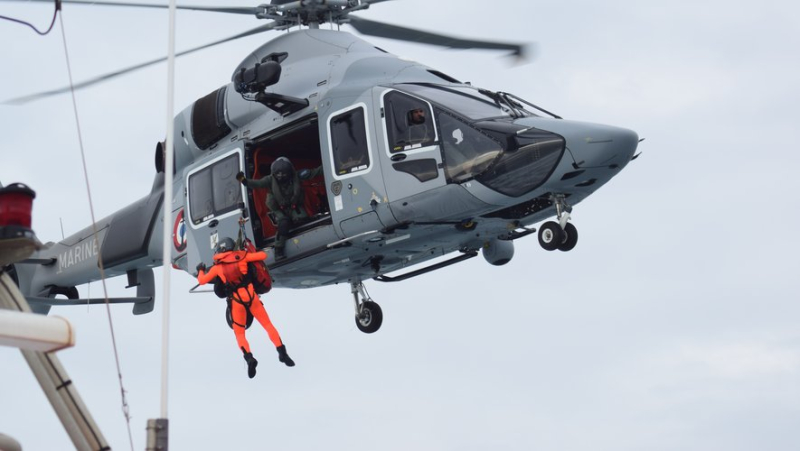
The crew of the SNSM Valras launch regularly organizes training with the French Navy. Jean-Pierre Amarger – Midi Libre
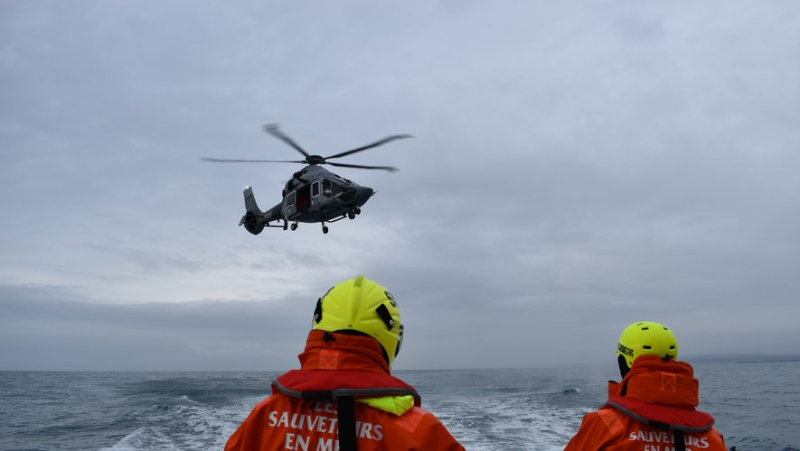
The crew of the SNSM Valras launch regularly organizes training with the French Navy. Jean-Pierre Amarger – Midi Libre
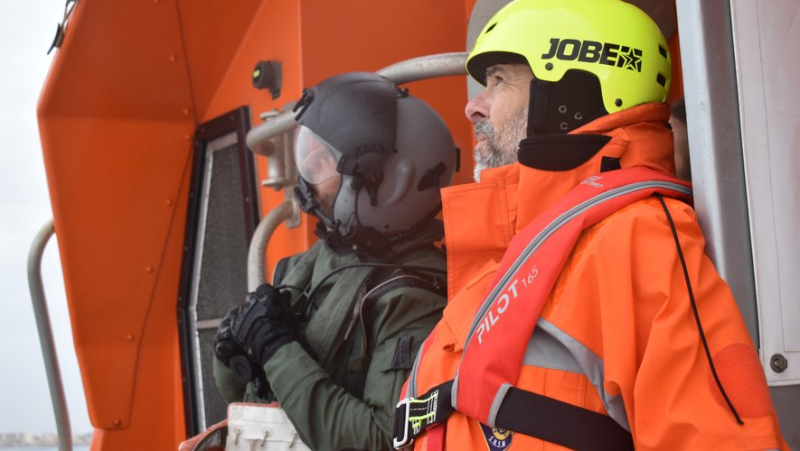
The crew of the SNSM Valras launch regularly organizes training with the French Navy. Jean-Pierre Amarger – Midi Libre
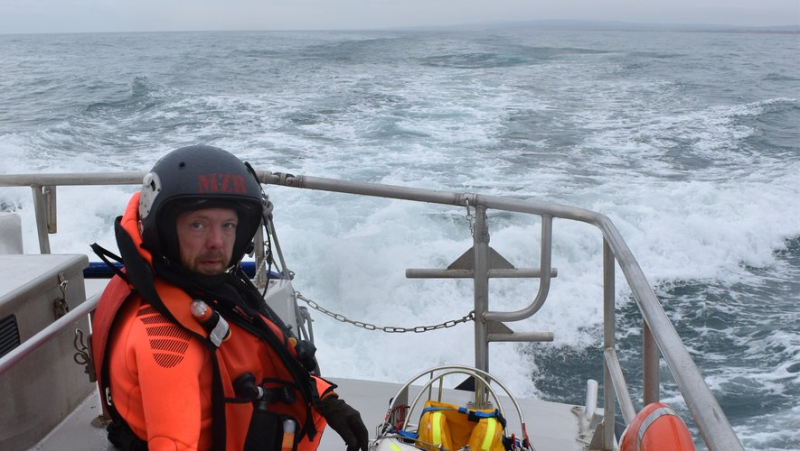
The crew of the SNSM Valras launch regularly organizes training with the French Navy. Jean-Pierre Amarger – Midi Libre
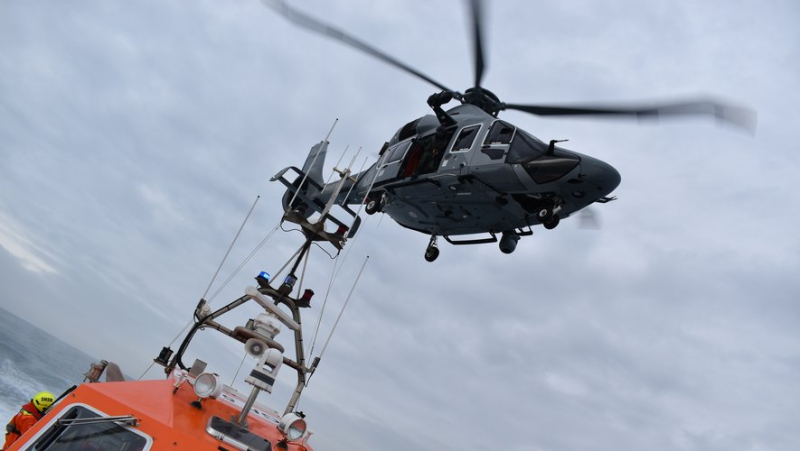
The crew of the SNSM Valras launch regularly organizes training with the French Navy. Jean-Pierre Amarger – Midi Libre
For its latest training, the crew of the SNSM launch from Valras-plage worked with the sailors of Flotilla 32F based in Hyères and their helicopter. Facing Valras, they carried out a rescue exercise for a victim who had to be evacuated from the deck of the speedboat.
The crew of the SNSM boat from Valras-plage was still in training at the end of last week. In the distance, in the direction of Sète, as the speedboat advances towards Vendres, a black dot appears. The helicopter is announced in the area, above the speedboat, in less than 5 minutes.
Very quickly, on deck, all the volunteers got into position. And in a few minutes, it is under the infernal noise of the rotor that the volunteers are ready to receive one of the two mechanics of the H160 machine.
Devant #Valras, l'équipage de la vedette de la #SNSM de Valras à l'entraînement avec la #MarineNationale pic.twitter.com/zLueI7N9hQ
— Amarger Jean-Pierre (@jpa_midilibre) February 19, 2024
Observe to learn
He will observe the work of SNSM staff from the boat. Then, it is the diver who is dropped off and finally a basket to bring up a possible injured person. We then show how to strap a victim and install them to hoist them as best and quickly as possible into the machine which will take them to a rescue center. From the helicopter, the pilot, but also the mechanic, at the winch, do not take their eyes off what is happening on the speedboat. Watching for the slightest sign to resume the maneuver.
If the mechanic allowed the installation of a breadcrumb trail, the maneuver of the H160 pilot is nonetheless very delicate.
You have to move forward, play with the wind, follow the undulations of the sea and above all, the movements of the boat which is moving forward at a good pace to “surf” on the water and thus be as little pitching as possible.
At the helm of the SNS 157, the pilot is learning and listening. All outings are used so that each member of the crew is trained in several tasks to replace anyone who is absent. There, it was the perfect opportunity to learn how to maneuver the launch under the blast of the helicopter.
Adapt to all crews
For this last training, it was with the crew of the 32 F flotilla of the French Navy, who came from Hyères, that the sea rescue volunteers got involved. In dips of 1 m, in front of Valras, they carried out maneuvers to learn how to best manage the divers and other rescuers hoisted from their machine on the deck of the launch.
"Each crew has its own way of working. It is therefore imperative for us to know the methods implemented by each person to be as effective as possible in a rescue operation, explains Patrick Toustou, the boss of SNS 157 in Valras. We do not receive a Navy diver like another from Civil Security. Some want to be alone on deck when landing, others want people. We must adapt. Once they are installed, we take stock of them. They explain what they expect from us. This is why we turn, during a maneuver. The more time we spend on deck with them, the better. It’s important to acquire automation and know how they will work. This is how we will be even more effective with the people we have helped."
The Flotilla 32 F rises from its ashes
The Flotilla 32 F is not the first arrival in the world of sea rescue. In fact, the latter saw the light of day in 1958. After many years of service, engaged in the anti-submarine hunting and rescue, it was dissolved in 2016 for budgetary reasons and aging equipment, its old Super-Frelon, at the end of its potential, obsolete and requiring heavy maintenance operations. To better understand the situation, in 2008, out of seven aircraft spread across the Atlantic and Mediterranean coasts, only three were kept in the air. It was then necessary to borrow Caracal helicopters from the Air Force to ensure continuity of service. The flotilla returned to service just a year ago with more suitable aircraft, H160s from Airbus, which fully fulfill their missions.
I subscribe to read more




